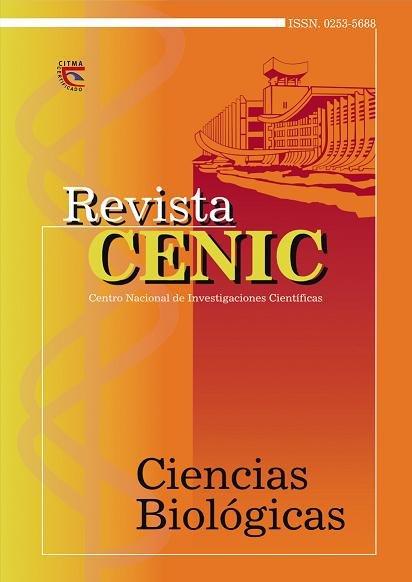Alternative Methods in Toxicology
Abstract
The term alternative to animal experimentation describes any change in official protocol that contributes to the refinement of techniques, the reduction of number of animals used or the replacement of them. These principles are known as 3Rs and were defined by Russell and Burch in their book, The Principles of Humane Experimental Techniques. The modern times has added arguments (economic, sociopolitical and legal) that togethers with the evolution of the scientific knowledge, support the 3Rs application and the development of alternative methods. However, only a small part of these methods is accepted by regulatory agencies, just to be used in the evaluation risk. Therefore it is necessary that the protocol has been scientifically validated. It should prove to be as safe and reliable as the traditional method in order to be replaced. It should also comply with several validation criteria that permit to define advantages and disadvantages of the test. This review provides a brief overview of the topic alternatives in the animal and focuses on validation of methods, and their description. The advantages and disadvantages of these methods are also listed and the most important internationally accepted methods were shown.
Downloads

Downloads
Published
How to Cite
Issue
Section
License

This work is licensed under a Creative Commons Attribution-NonCommercial-ShareAlike 4.0 International License.
Los autores que publican en esta revista están de acuerdo con los siguientes términos:
Los autores conservan los derechos de autor y garantizan a la revista el derecho de ser la primera publicación del trabajo al igual que licenciado bajo una Creative Commons Atribución-NoComercial-CompartirIgual 4.0 Internacional que permite a otros compartir el trabajo con un reconocimiento de la autoría del trabajo y la publicación inicial en esta revista.
Los autores pueden establecer por separado acuerdos adicionales para la distribución no exclusiva de la versión de la obra publicada en la revista (por ejemplo, situarlo en un repositorio institucional o publicarlo en un libro), con un reconocimiento de su publicación inicial en esta revista.
Se permite y se anima a los autores a difundir sus trabajos electrónicamente (por ejemplo, en repositorios institucionales o en su propio sitio web) antes y durante el proceso de envío, ya que puede dar lugar a intercambios productivos, así como a una citación más temprana y mayor de los trabajos publicados (Véase The Effect of Open Access) (en inglés).














